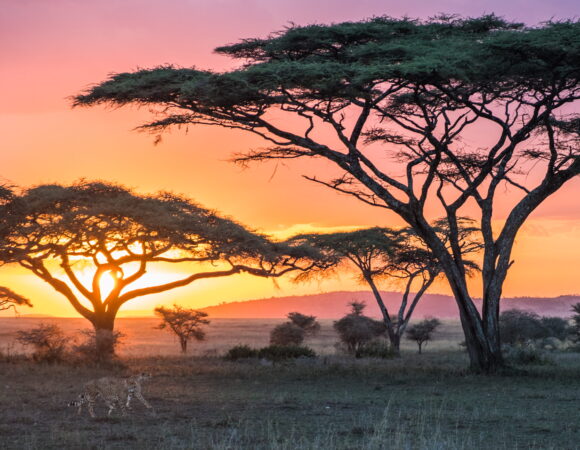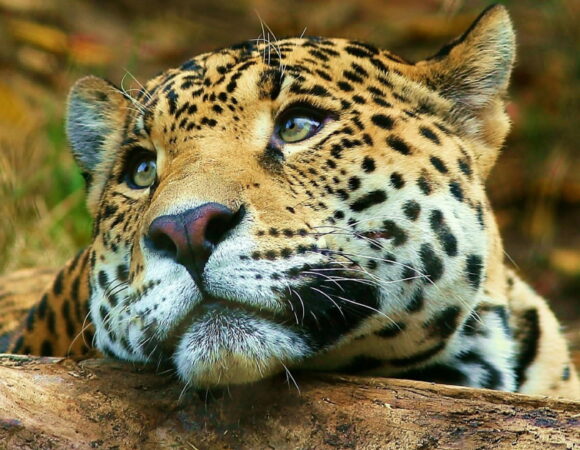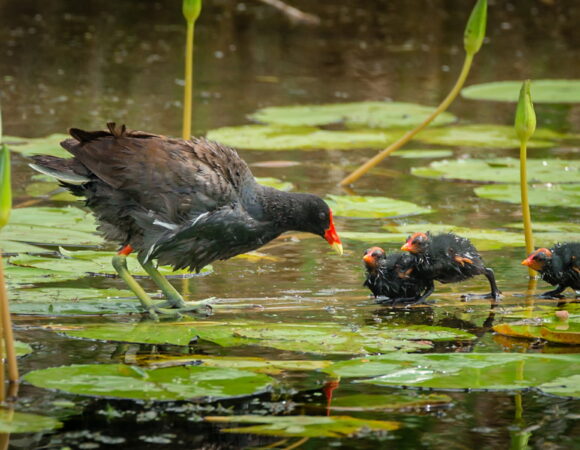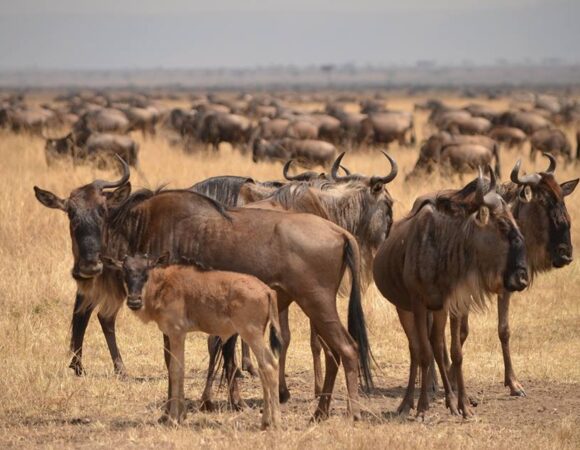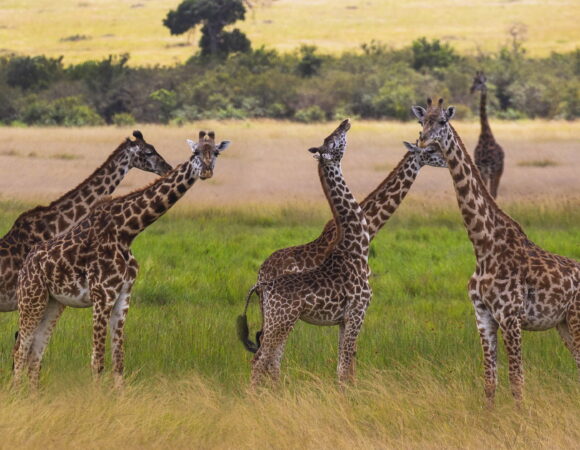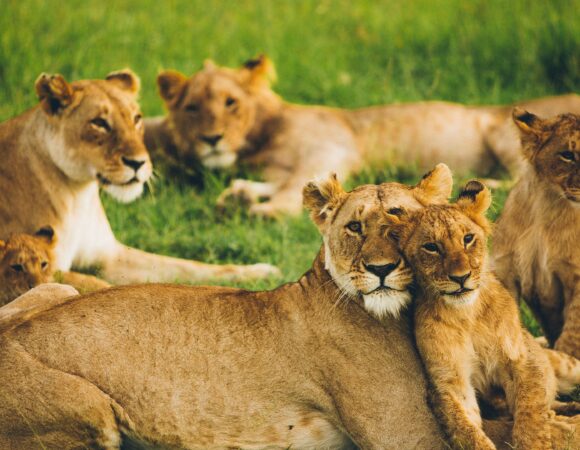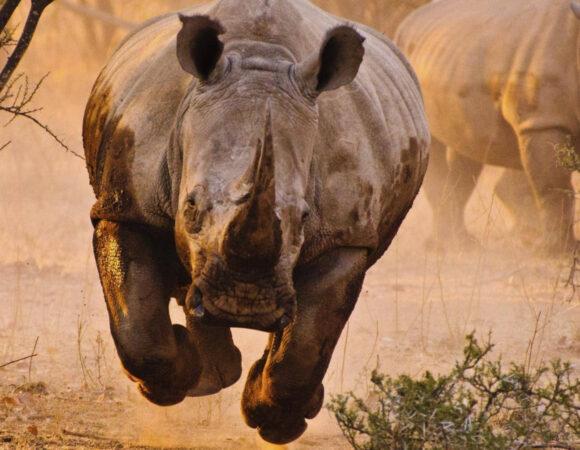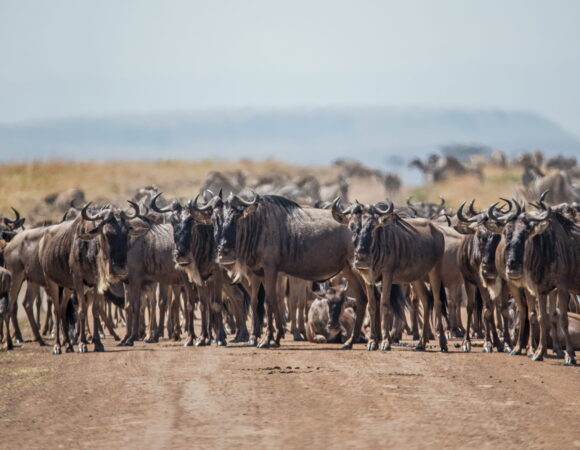
Ngorongoro Conservation Area
The Ngorongoro Crater was formed when a large volcano erupted and collapsed on itself. This explosion created a caldera (mistakenly crater) approximately two and a half million years ago.
Within the Ngorongoro conservation area different stunning attractions are found, starting with a shifting sand, Ngorongoro, olmoti and empakaai craters.
The place is also famous known as the cradle of human-kind. Within the greater Ngorongoro Conservation Area exists the Oldupai Gorge, a sharp gorge in the Great Rift Valley where paleoanthropologists Louis and Mark Leakey famously discovered traces of homo habilis, our first known human species, reaching back 2 million years. Mind blown!!
The Ngorongoro conservation area lies 75 miles (120 km) west of the Arusha town.
Apart from all of that, there is a Lake Ndutu and Masek both alkaline soda lakes, are home to rich game populations, and surrounded by peaks and extinct volcanoes, which create a stunning backdrop, completing the conservation area’s unique and beautiful landscape.
The Ngorongoro Conservation Area covers 8,292 square kilometres.
The caldera (Ngorongoro crater) measures between 10 and 12 miles (16 and 19 km) across (floor) the crater wall is 610 meters deep and has an area of 102 square miles (264 square km).
Ngorongoro conservation area was established in 1959 as a multiple land use area, designated to promote the conservation of natural resources, safeguard the interests of NCA indigenous residents and to promote tourism activities.
When it was a volcano it’s thought to have been a similar size to Mount Kilimanjaro, one of the world’s highest mountains. Estimates height vary between 4,500 to 5,800 metres. NCA is a very unique protected area in the whole of Africa, this is because it is the only place where conservation of natural resources integrates with human development.
HISTORY OF THE AREA.
The area was named by the Maasai pastoralists (indigenous people) after the sound produced by their cowbells (ngoro-ngoro).
Oscar Bauman was the first European known to have set foot in Ngorongoro Crater in the year of 1892.
The area was once part of the Serengeti National park before being separated and designated as conservation area in 1959. Maasai pastoralists living in Serengeti National Park were systematically relocated to Ngorongoro, increasing the population of Maasai and livestock living in the Crater.
WHY VISIT THE NGORONGORO.
Firstly, the area is Highly accessible from the main tourist city, Arusha.
Ngorongoro Conservation Area is reasonably close to Arusha, the main safari hub of Tanzania’s northern circuit safaris. It is only a 3hrs drive (170 km) down to Ngorongoro from Arusha.
World heritage site.
It is a dream of every traveller to go to as many world heritages sites as he/she can. Ngorongoro Conservation Area, is a UNESCO World Heritage Site since the year of 1979. Its main features are the astonishing Ngorongoro crater which is famous for being the largest inactive and intact volcanic caldera in the whole world, shifting sand, culture and history of the people as well as oldupai Gorge.
Abundance of biodiversity/landscapes.
Ngorongoro Conservation Area host a wide range of the world’s threatened species and incredibly dense wildlife. This gives travellers a chance to appreciate, experience and spot many animals including the ‘Big Five’.
The crater is also home to many lions, leopards and hyenas. Apart from the big five, other popular animals in the area are herds of buffalo, wildebeest, zebra, endangered black rhinos and variety of bird species.

